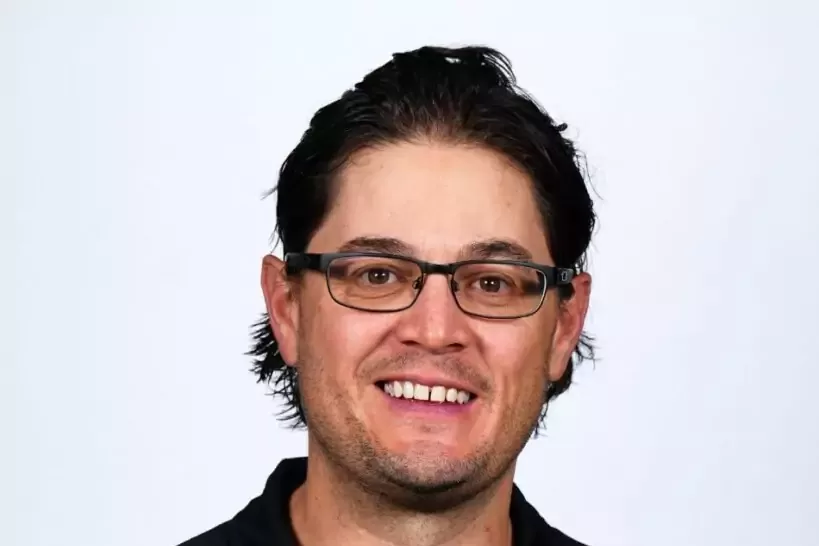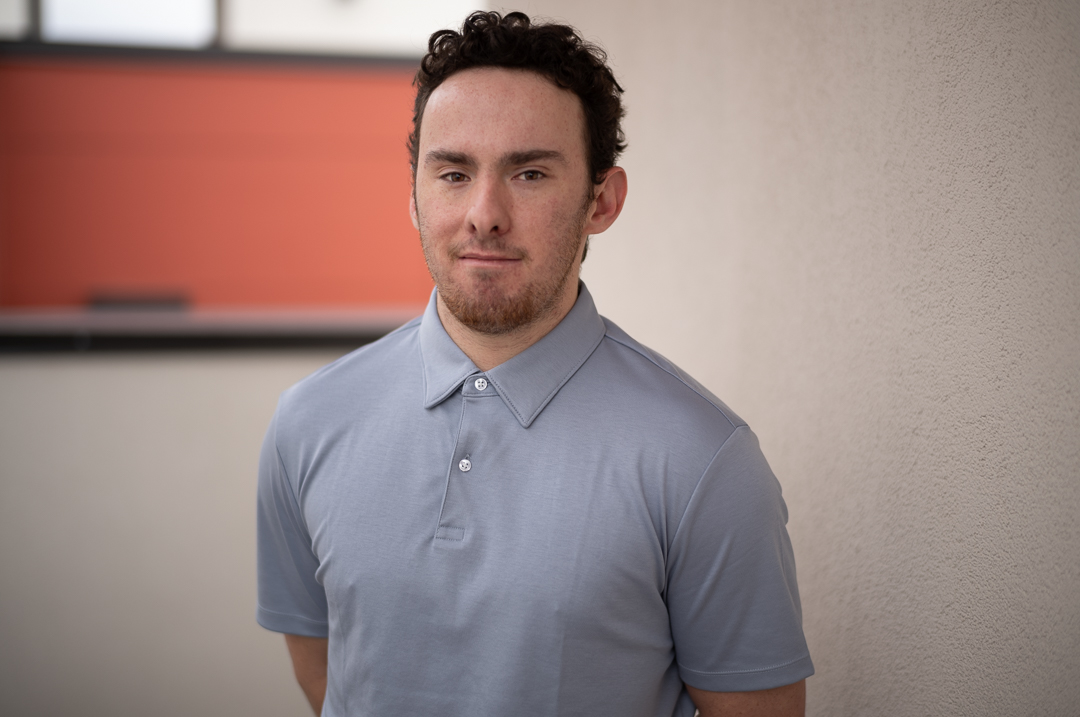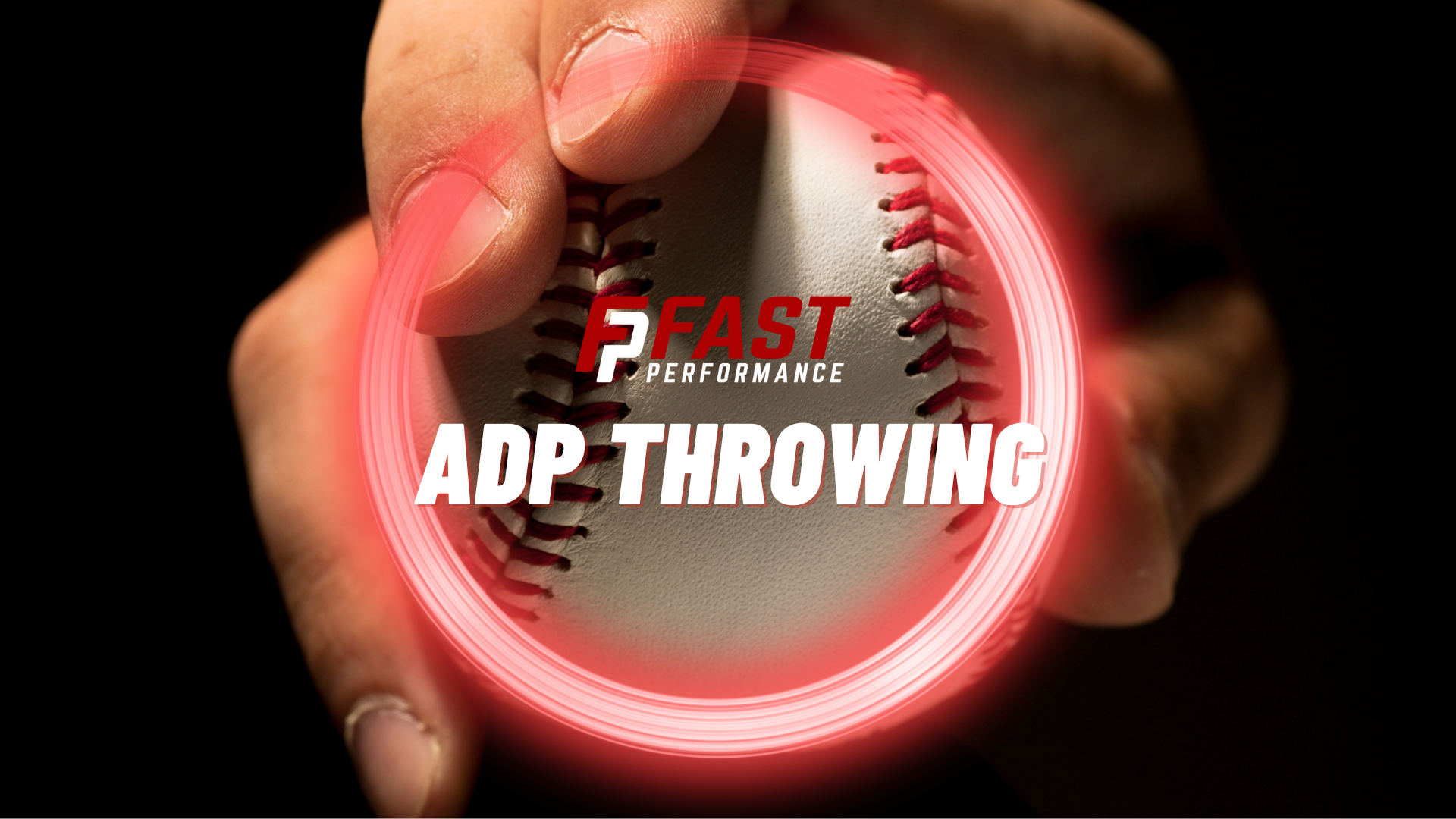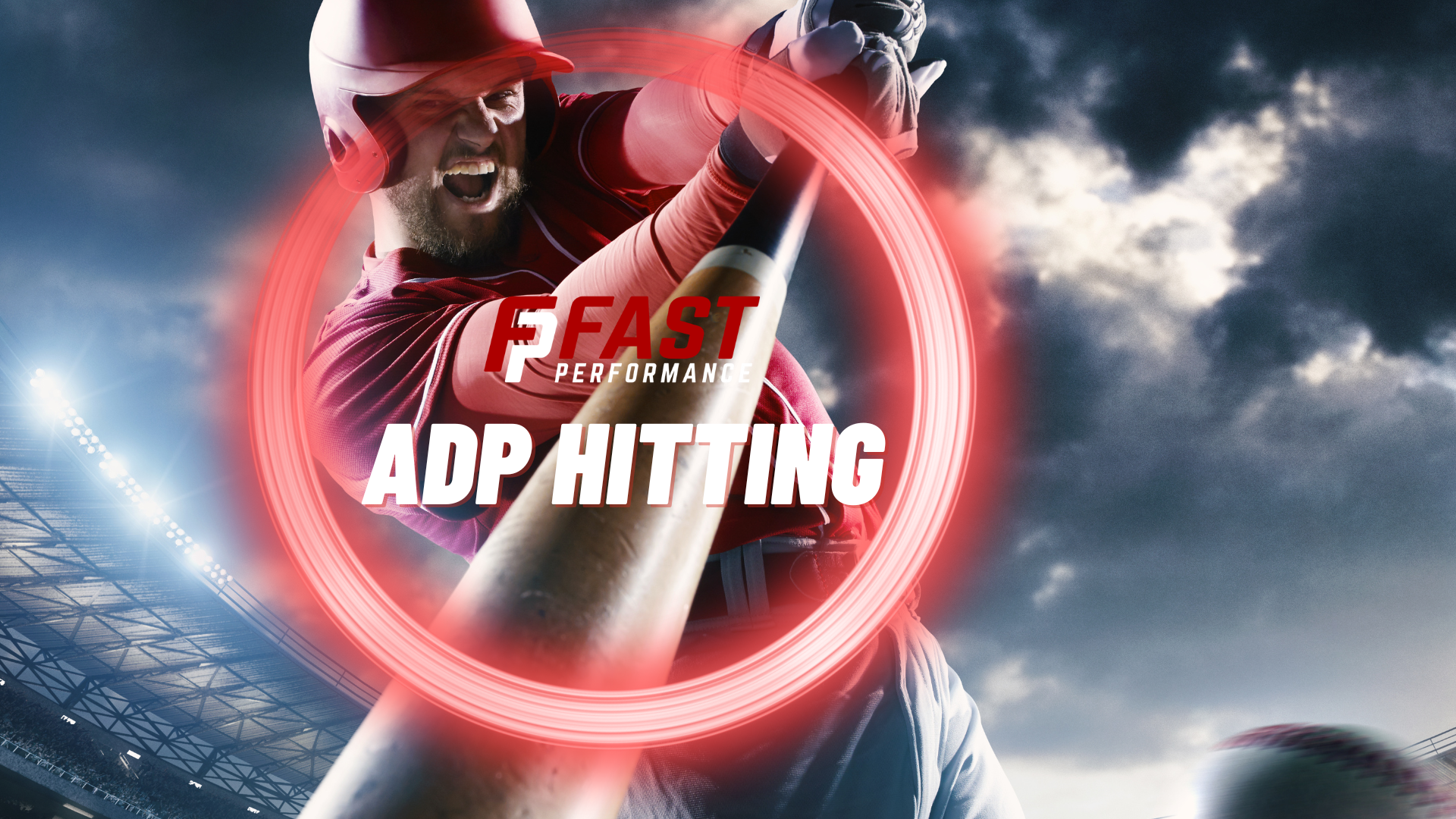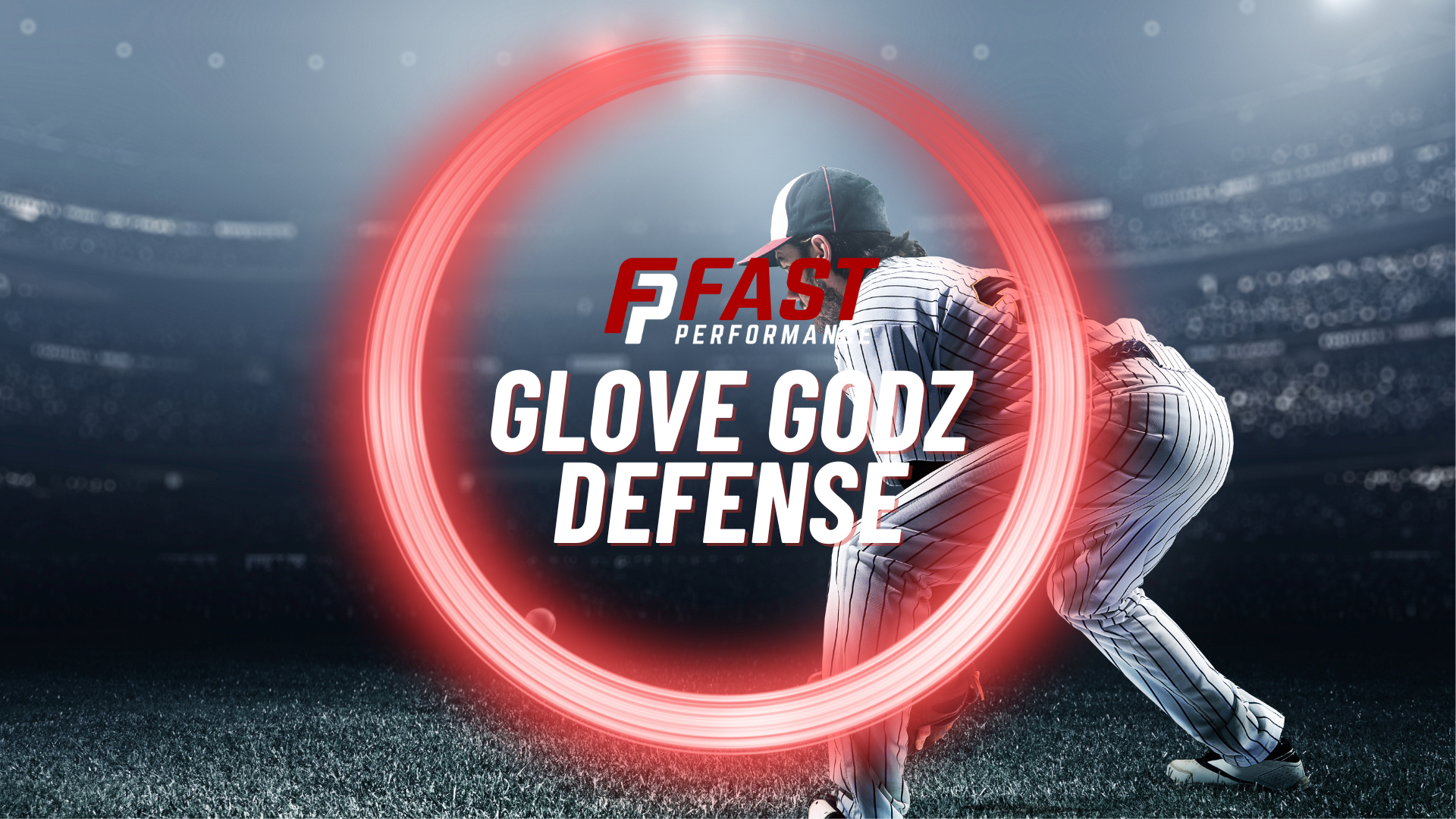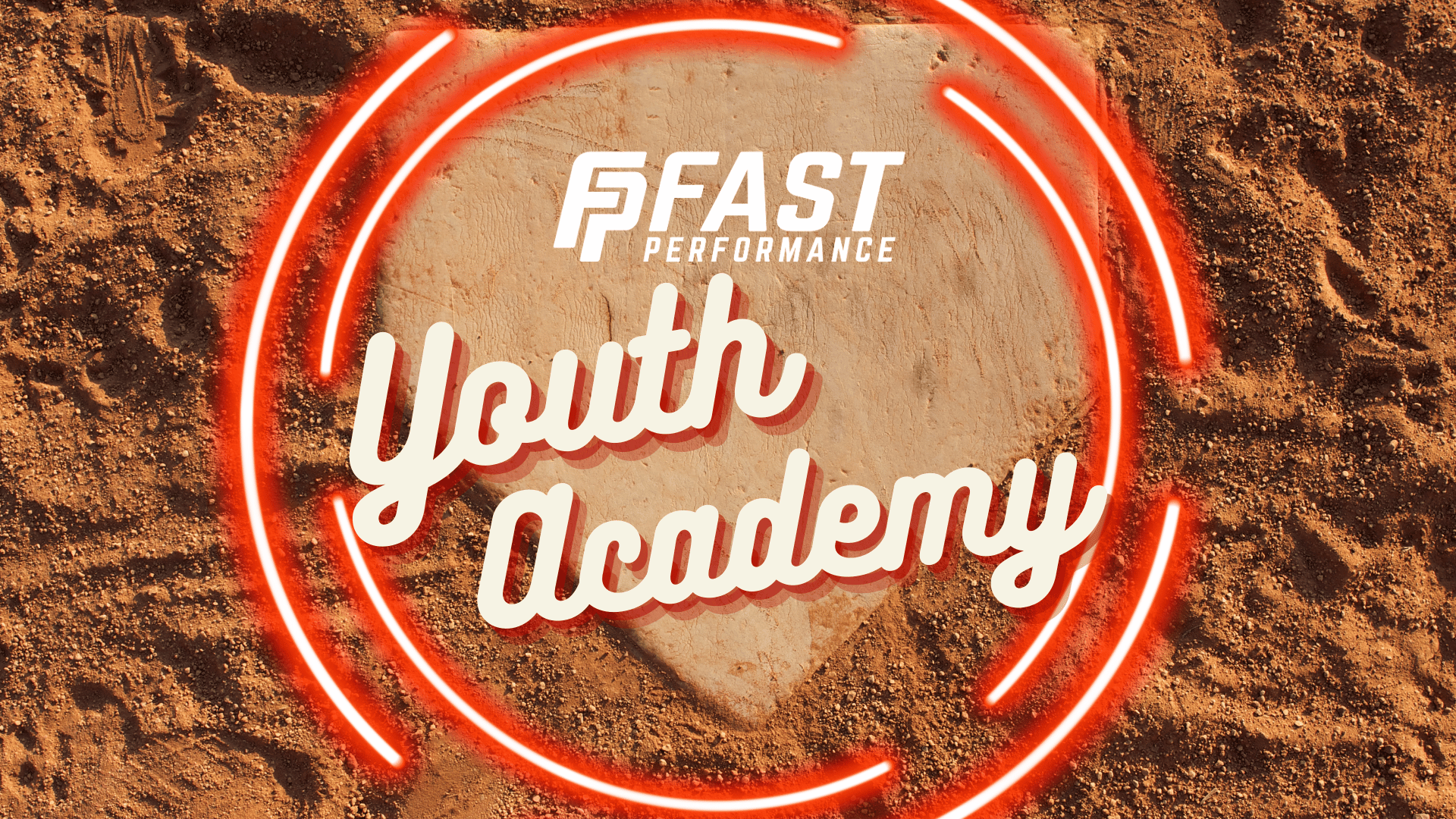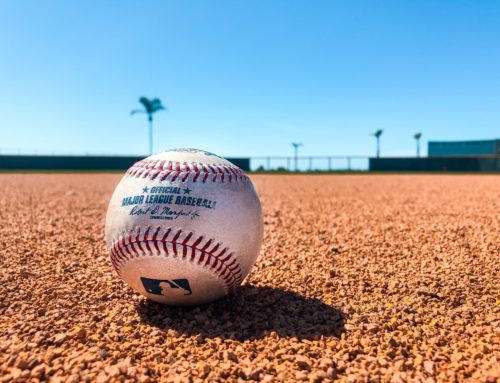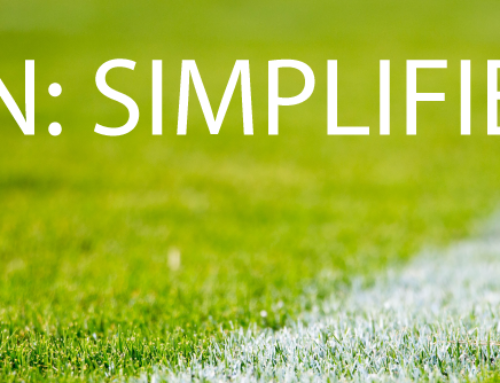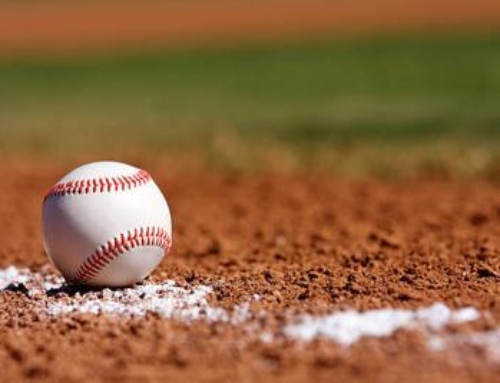The current style of player development in the amateur ranks of baseball does not improve players. For decades the model of developing in the game was to play the game, “the best practice is repetition.” Most programs will gladly brag about the players they placed in college programs over the last 20 years. The funny thing is that they never discuss the 70% of the athletes that go through their programs that did not make it while shelling out thousands of dollars in the process. One of the biggest misconceptions in player development is that more playing will automatically improve you; this is a blatantly false method. Many travel ball and showcase teams gladly take money from aspiring players and parents, exploiting dreams of playing at the highest levels, all while never working to improve the player. Many programs around the state charge anywhere between $3000-$6000 to play on the weekends only, no practices mid-week. Why are athletes and their parents so willing to pay this price when they do not understand:
- What it takes to play at an athletes desired level
- What coaches and scouts are looking for
- What are the necessary physical skills that need development
Our system overvalues showcases and tournaments that do not mean anything. I am sorry, but the “2020 Easton Underclass Prospects Camp sponsored by Powerade” is not going to get your kid a scholarship. College coaches and Pro scouts know what they are looking for in potential recruits. The real road should be to develop the skills needed to impress those people we want to impress. So, as one might ask, what are the necessary skills an athlete needs to grow to be attractive to coaches and scouts?
What Needs to Be Developed?
1. Movement Quality and Strength
To be a quality baseball player, one must be able to move efficiently and powerfully. Regardless of role (Pitcher or Hitter), an ability to control one’s body is essential to not only success on the field but in mitigating injury (you cannot get recruited if you are regularly injured). Our assessment process at FAST Performance includes a thorough mobility assessment to identify athletes’ shortcomings. If an athlete has limited Thoracic Spine mobility, then the athlete very often cannot gain the velocity he desires. The biggest thing to take into account is that every athlete is different, one athlete may be stiffer than a 2×4, while another may very well be the human equivalent of Gumby.
When it comes to strength, being able to move powerfully can be the difference between blowing up the radar gun and impressing all that see or being the three pitches, and all the coaches focus on the next guy. Strength and conditioning need to be an integral part of any athlete’s training. Similar to movement quality, high levels of strength can make you a standout athlete and mitigate the risk of injury. When referring to strength and conditioning, I do not mean any program Tommy Tryhard can find on menshealth.com or bodybuilding.com. An athlete needs to find programming that will translate to the field. At FAST Performance, we employ a strength assessment for this very reason.
2. Velocity
The “Almighty Equalizer” in baseball. If you have watched baseball in the last ten years, everyone should have noticed the steady increase in pitchers’ velocity. Most will see that in general, the harder a pitcher throws, the better results he will get. In the amateur ranks, a pitcher that throws harder than his peers is typically the best pitcher on his team. Velocity is almost always the first thing a coach looks for when recruiting a prospect. I have never when speaking with a college coach been asked: “How is this kid’s ability to throw on the outside corner to a left-handed hitter?” When athletes too focused on traveling to be seen by coaches, they cannot take on the necessary process to gain that all-important velocity. A quality velocity program should take anywhere from 3 to 6 months, but this cannot be improved effectively if a kid needs to be fresh for the weekend to blowout 75mph for five coaches in the stands. Most coaches say you can’t teach velocity, and while one cannot teach an athlete to have velocity, we have to train an athlete for velocity. Taking advantage of movement quality and strength, as previously mentioned, often yields significant velocity gains on its own. So with that in mind, if your a high school athlete looking to impress that guy that will recruit or draft you, you need to have velocity. How does one gain velocity? That person needs to train for velocity!
3. Arsenal
The next step to developing a quality pitcher is building a robust arsenal of pitches. At the higher levels, hitters begin to adjust to fastball velocity and can start hitting the pitcher around. The process of developing offspeed and breaking balls come into play. An ability to throw 3-4 different pitches at a hitter will make you harder hit and entice a coach to recruit you. At FAST, we utilize Rapsodo technology to understand a pitcher’s assortment of pitches. Knowing what a pitch is an what it does can take a pitcher from good to great because they have an understanding of the movement and outcomes of those pitches. Many kids come into FAST believing that they throw a curveball when, in reality, they throw sliders. A kid would never know that unless they have access to valid data. Utilizing the information gained, we can build a personalized arsenal that will make them successful pitchers for their teams and impress scouts.
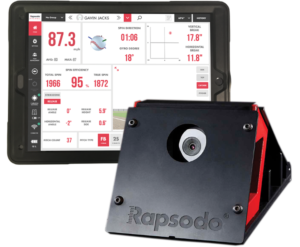
4. Command
Finally, the aspect of the game that all of the old school guys on Twitter value the most. Do not get me wrong; the ability to throw strikes in very important to being successful. Although an emphasis on throwing strikes should not come at the expense of throwing hard or with movement. A pitch that had not velocity and moves straight is the least difficult pitch to hit. After velocity development and pitch design, then the athlete needs to focus on being able to command the strike zone. Many guys in the minor leagues throw electric fastballs with mind-bending sliders, but they cannot find their way onto big-league rosters because they do not throw strikes consistently. But this article is not aimed at the minor league guys that need polishing; this is for the high schooler looking to reach the next level.
Conclusion
Pitching development in the high school realm is broken. Players buy into the idea that playing more games will make them better and more attractive to colleges. Playing more games will not make you a better player, nor will it get you a scholarship. Unless you sit 85mph minimum, most coaches will not give you a second look, and you can most often hope for a spot on the roster as a walk-on. I’m sorry, but this is the reality of playing baseball in 2020. You can pitch all of the innings you desire, face every batter there is, but unless a pitcher can develop the skills discussed in this article, dreams of college baseball or pro baseball will end before they can even begin. The sad thing is that all the ideas presented in this article are easy to accomplish if one puts their time and effort into it. Taking 3-6 months out of the year to develop oneself into an athlete will make that kid exponentially better than the kid that played nine months out of the year, bar none.
